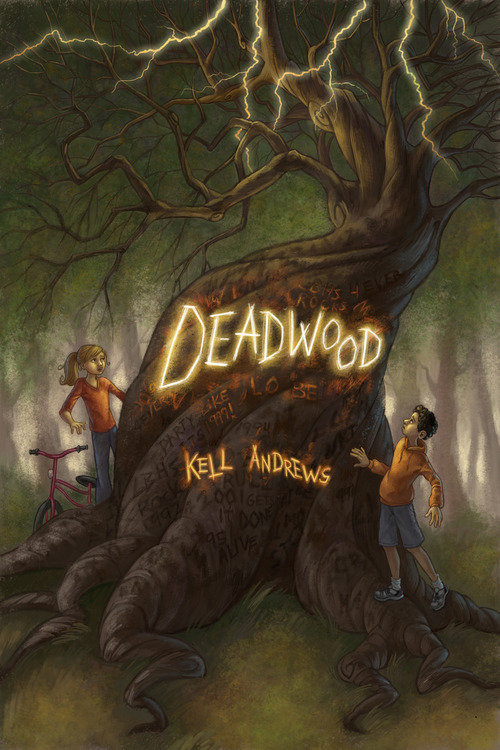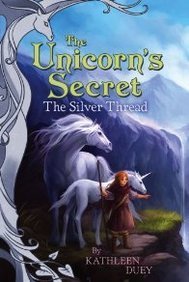2014's been a busy year for the Mayhemmers. We had several old hands retire, and welcomed some fantastic new blood. For those of you with a statistical bent, we are just shy of 356,000 page views--from our humble beginnings in 2010. Which, of course, means that 2015 is our 5th anniversary! Look for some amazing events to celebrate in the coming months.
Here's a round-up of what some of our members have been up to during the past 12 months--
Marissa Burt: Marissa has a new middle grade deal in the works. Her novels, STORYBOUND and STORY'S END, have been optioned for film.
Chris Eboch: Chris releases a new novel, BANDIT'S PEAK, in January. Here's the description: While hiking in the mountains, Jesse meets a strange trio. He befriends Maria, but he’s suspicious of the men with her. Still, charmed by Maria, Jesse promises not to tell anyone that he met them. But his new friends have deadly secrets, and Jesse uncovers them. It will take all his wilderness skills, and all his courage, to survive. Readers who enjoyed Gary Paulsen's Hatchet will love Bandits Peak. This heart-pounding adventure tale is full of danger and excitement.

Paul Greci: I have just completed my Special Education Endorsement (it has been a very high energy 3 years of taking graduate classes while teaching). I’m very happy to be at the end of this road. The endorsement has resulted in a job within walking distance from my house—down the driveway, then on a trail through the woods and in five minutes I’m at the door.
I completed all the rewrites on my debut novel, SURVIVING BEAR ISLAND, which comes out in the Spring.

Joy McCullough-Carranza; I signed with Sara Crowe in February and I had the honor of reading and critiquing for a number of fabulous writer friends throughout the year, while maintaining a busy write-for-hire schedule.
Dianne Salerni: Dianne made her debut as a middle grade author with The Eighth Day. (And Book 2 in the series, THE INQUISITOR'S MARK, publishes on January 15th 2015!)

Caroline Starr Rose: I finished the hardest, hardest thing I've ever written in my life, and I'm proud of it (Blue Birds).
I finished the first draft of a book that sold simply as a "second book to follow". No proposal, nothing. I wasn't sleeping I was so fearful of what I'd gotten myself into. Add to that I wrote the book in a style (prose) that up to this point I'd never sold before. But I did the scary work and turned in that first draft at the end of September. (Bravo, Caroline!)

Joanna Roddy: 1. I picked up a lot of freelance article work this year (not MG related, but still a personal accomplishment). 2. After two years (from my last full edit with my agent), I completely rewrote my novel and my agent loved the work. We've been together for three years now and the book is finally (finally!) going out on submission in January. At one point I really didn't know if I could save this project, and I have grown so much as a writer. Props to Marissa Burt for supporting me through that very tough season as an author, friend, and mentor. Fingers crossed my book finds a publisher in 2015.

 Kell Andrews made her debut with DEADWOOD from Spencer Hill Press. (Hooray, Kell!)
Kell Andrews made her debut with DEADWOOD from Spencer Hill Press. (Hooray, Kell!)We sincerely wish our readers the best for 2015. May all your dreams come true. Drop us a line and tell us what you've accomplished this year--or what you hope to accomplish next year. Until then, may the Mayhem be with you!









































